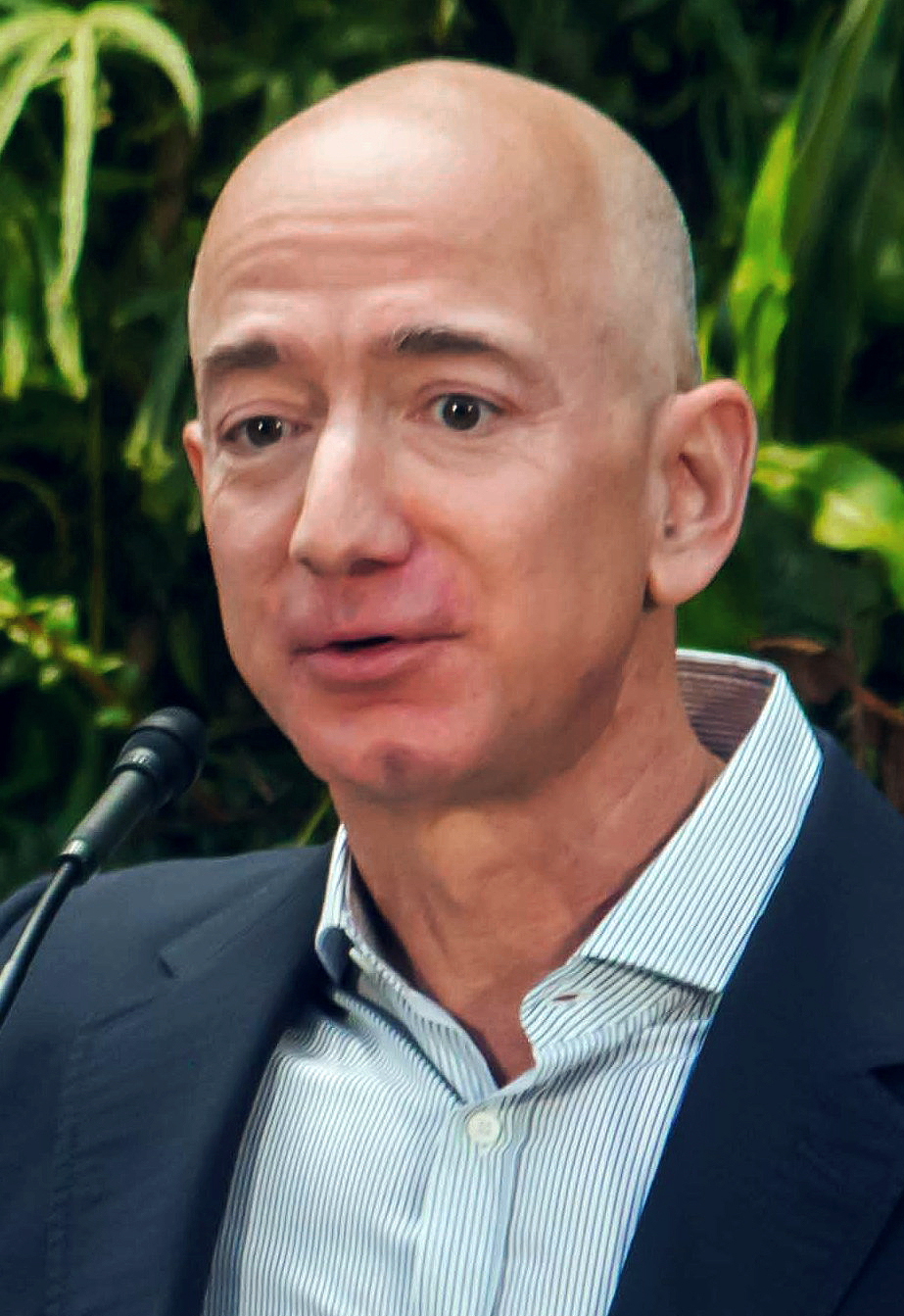
The trajectory of Vice Media, once a titan of youth culture and digital content valued at nearly $6 billion, reached a stark point in June 2023 with its filing for Chapter 11 bankruptcy protection. This dramatic reversal of fortune for a company that defined edgy, first-person reporting and built a global brand on counterculture sensibilities serves as a potent case study in the volatile economics of modern media.
A new documentary, “Vice Is Broke,” directed by filmmaker, actor, and chef Eddie Huang, offers an intimate, critical examination of this rise and fall. Huang, who previously hosted the series “Huang’s World” for Vice, brings a unique, insider’s perspective, blending cultural analysis with a deep dive into the corporate and personal fallout of the company’s collapse.
Huang’s film, which recently premiered at the 2024 Toronto International Film Festival and has been acquired by Mubi for distribution in North America and several European territories, doesn’t just recount the public narrative of Vice’s financial woes. It delves into the underlying dynamics, the internal conflicts, and the impact on the individuals who were part of the cultural movement Vice represented.

At its zenith, Vice Media was considered a media industry disruptor, expanding from a punk magazine founded in Montreal in 1994 into a sprawling digital network, television producer, and advertising partner. By 2017, bolstered by significant investment from major media players and investors drawn to its perceived connection with a young, elusive demographic, the company commanded a valuation of $5.7 billion.
This period of meteoric rise saw aggressive expansion into online video and television production, marked by partnerships with entities like HBO. The narrative was one of boundless growth, fueled by a unique blend of gonzo journalism, provocative content, and a carefully cultivated image of authenticity and rebellion. The company appeared to defy traditional media economics, seemingly finding a formula for success in the digital age.
However, the financial foundations supporting this massive valuation proved increasingly unstable. The documentary “Vice Is Broke” suggests that the drive for escalating valuations and the influx of venture capital fundamentally altered the company’s direction and integrity. Huang argues that the original cultural movement was, in his words, “sold out from under us.”
He posits that Vice’s story is symptomatic of a broader trend where companies leverage cultural movements, raise significant capital against them, and then dismantle them piece by piece as financial pressures mount and valuations decline. This process, according to Huang, carries significant costs, including “cultural devastation to corporate failures, but perhaps most importantly, the personal betrayals.”

Huang’s personal stake in the narrative is significant. He states that Vice Media owes him $380,000 in unpaid residuals. This financial grievance, coupled with other perceived wrongs by the company’s leadership, including co-founder Shane Smith, served as a potent motivator for undertaking the complex and, at times, challenging project of documenting Vice’s demise.
The film explores the tension between Vice’s counterculture origins, embodied by figures like co-founder Gavin McInnes, and the corporate ambitions championed by Shane Smith. While acknowledging the controversial nature of individuals like McInnes, Huang’s critique is particularly sharp regarding Smith, whom he describes as an “ad man” more interested in commercial success than preserving the core essence of Vice.
The pressure to meet revenue projections and profitability goals after taking on hundreds of millions in funding led to business practices questioned within the documentary. Criticisms highlighted in the film include allegations of faking ad click numbers and pursuing controversial partnerships with entities such as Philip Morris and the Saudi government, deals seen by some as betraying the company’s supposed independent ethos.
The documentary suggests that while Vice attempted to adopt more traditional journalistic ethics, particularly after facing scrutiny like that from David Carr of The New York Times, these changes were not always genuine. The film portrays the company’s leadership as driven primarily by the need to attract and satisfy investors and advertisers, rather than a deep commitment to consistently producing high-quality, independent content.

Huang’s decision to make the film was deeply personal, partly sparked by actions by Shane Smith that affected a friend of his wife’s. This incident, combined with the outstanding debt, prompted Huang to investigate the company’s internal workings and financial instability. He recounted discovering they were going bankrupt and seeing an opportunity to resolve his situation and tell his story.
Navigating the complexities of holding a company accountable while being bound by non-disclosure agreements required strategic maneuvering. Huang described needing to “get out of your NDA” to pursue the documentary. This led to negotiations involving Vice’s debt holders, specifically Fortress Investment Group, proposing to settle the $380,000 debt and wipe his NDA in exchange for rights to his show, a move he framed as speaking the language of finance to achieve his goal.
The filmmaking style of “Vice Is Broke” intentionally mirrors the first-person, immersive approach that Vice itself popularized, particularly in series like “Huang’s World” or the style associated with Anthony Bourdain. However, Huang uses this format to deconstruct Vice, often highlighting the artificiality of media production.

The film deliberately eschews a traditional “hero’s journey” narrative structure, which Huang feels is unsuited for a story about the “dark, cringe retelling of how whack it was to work with these people.” Instead, it presents portraits of individuals, allowing viewers to form their own conclusions, showing people for who they are, whether they worked at Vice in its early, independent phase or later during its corporate expansion.
Interviews in the film feature various former Vice employees and associates, including Gavin McInnes. Huang’s decision to interview McInnes, despite his controversial trajectory since leaving Vice, is presented as an attempt to understand the different paths taken by the co-founders and the varying degrees to which individuals remained “true to themselves,” however problematic that might appear from an external perspective.
The documentary also touches on systemic issues within Vice, such as the alleged lack of proper credit for journalists and creative directors, with Huang noting that reporters doing significant work, including Emmy-winning coverage, did not receive director’s credit while others took umbrella credits. This points to a culture where individual contributions were potentially subsumed by the corporate brand or leadership figures.
Related posts:
‘Vice Is Broke’ Filmmaker Eddie Huang Signs With WME
Mubi Takes ‘Vice Is Broke’ in Multi-Territory Deal (Exclusive)
DOC NYC : Vice is Broke : Q&A with Eddie Huang




